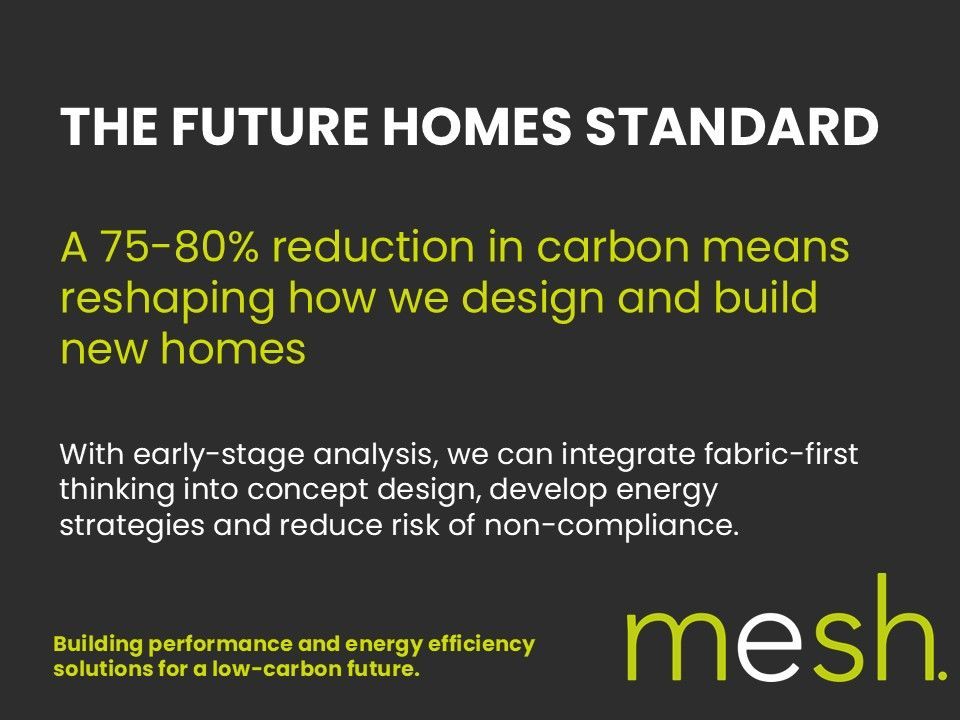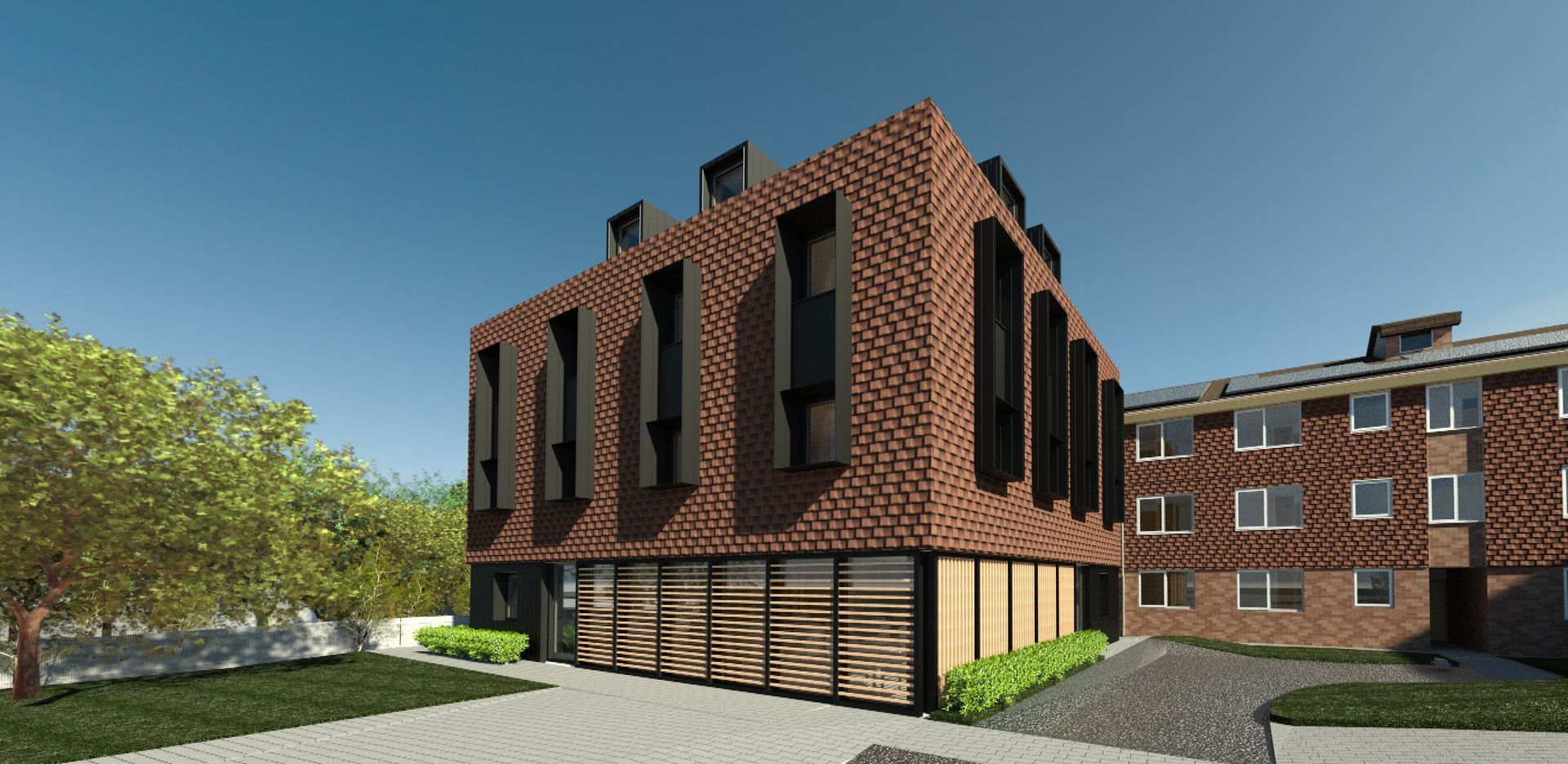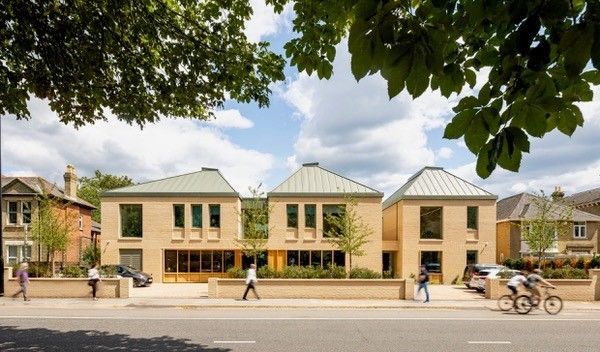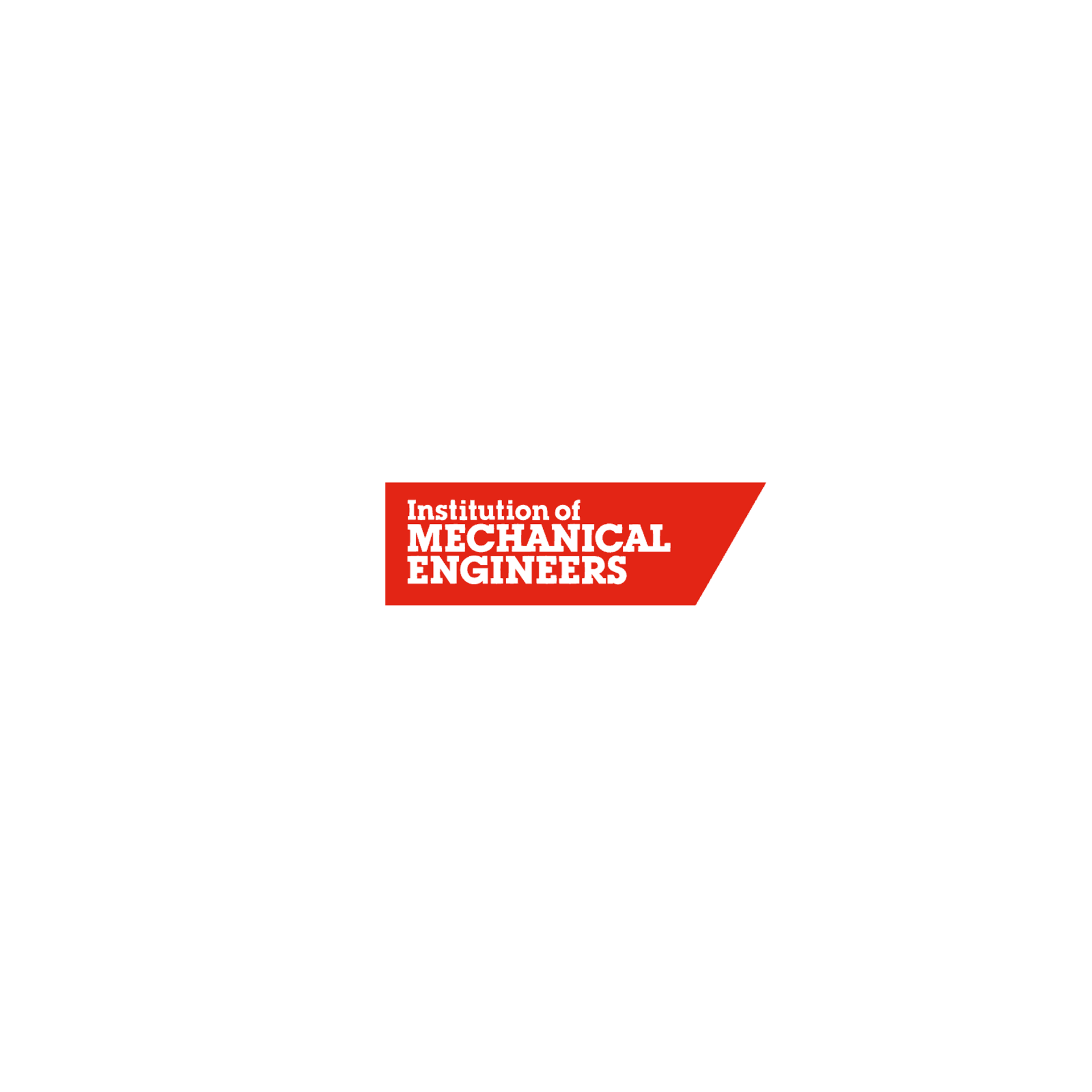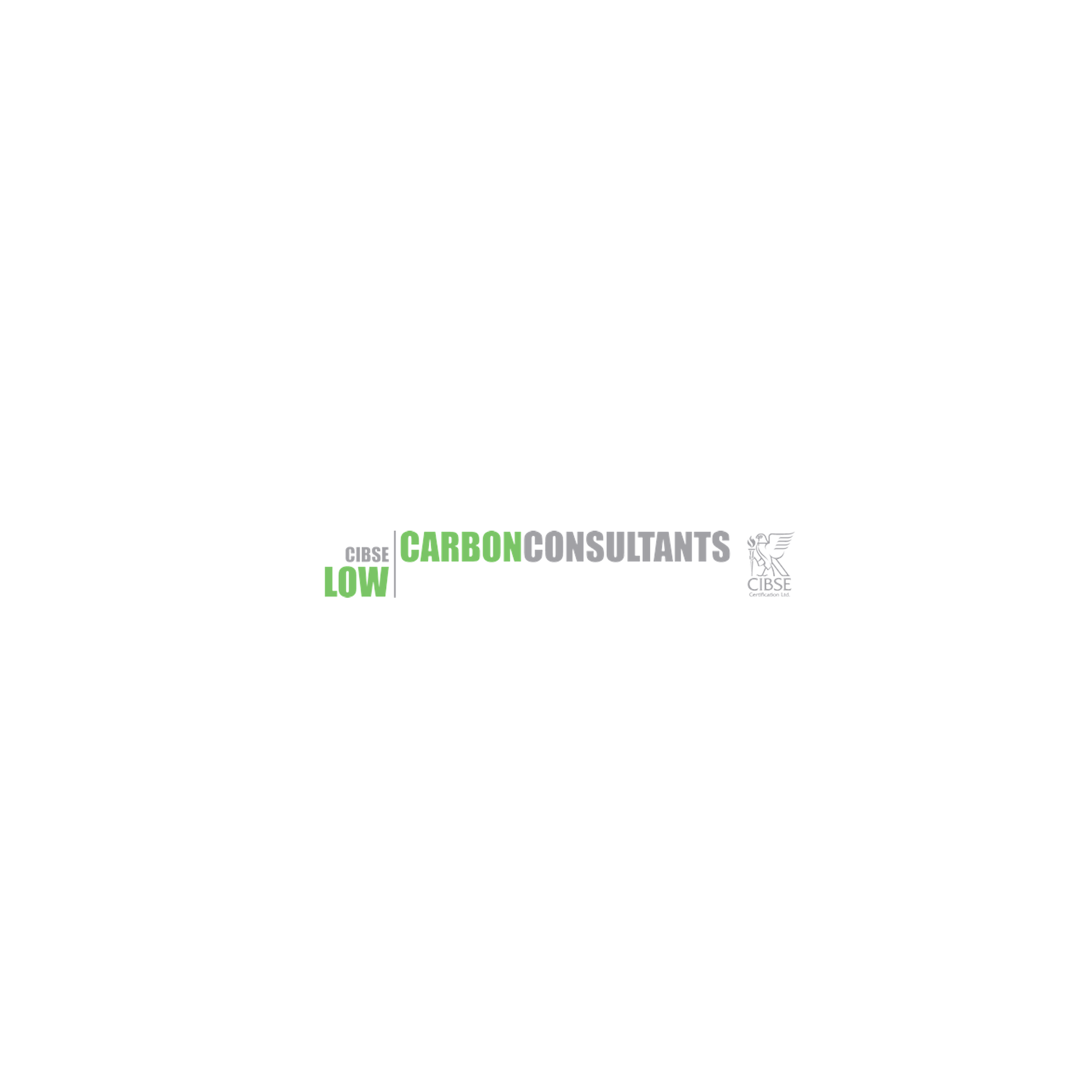Gas boilers are on the way out! What next?
Various announcements and pledges have been made to meet the UK’s 2050 Net Zero Carbon target and most recently the UK Government have announced that new homes built in 2021 (under new Part L 2021 Building Regulations) and beyond will have to reduce carbon emissions by 31% as part of its Future Homes Standard roadmap.
The wider plan is to ban all mains gas boilers in new developments from as early as 2023 and a total outright ban on mains gas boilers by 2033.
For developments on the mains gas network this could pose a problem and at the very least should get you thinking about what is ahead and viable, sustainable and lower carbon alternatives. As a critical part of the UK’s renewable heat portfolio,
air source heat pumps are well placed to help replace fossil fuel boilers, reduce carbon emissions and fuel bill costs. To date there are about 250,000 air source heat pumps installed in the UK and this is rapidly increasing every year with predictions of 4 Million air source heat pumps by the of this decade.
How do air source heat pumps work?
Air source heat pumps look almost identical to an air conditioning unit and use an external fan unit to draw air across an evaporator unit (which looks very much like a car radiator with hundreds of aluminium fins). The air exits at the back of the unit cooler than it entered. Because of varying seasonal air temperatures these heat pumps are less efficient than their ground source heat pump cousins.
As the air passes through the outdoor fan unit (propelled by a fan) refrigerant pipes strip heat from the ambient air down to temperatures of -20 Celsius. A compressor circuit is able to focus the energy from the environment using electricity to provide amazing levels of efficiency and provide 100% of the building’s heating and hot water needs.
Modern, quality air source heat pumps if well designed can be on average 400% efficient! Essentially for one unit of electricity they put four units of heat into the building. Incredible.
Air source heat pumps: your flexible friend
There are many different variants of air source heat pump technology to fit all kinds of development shapes and sizes. Two main variants dominate the marketplace.
Split systems: As the name suggests there are two parts; a wall hung unit indoors similar in size to a combi boiler and the outdoor unit. The outdoor can be positioned away from the building (up to 100m) if there are concerns about noise of aesthetics. These lower flow temperature systems are perfect when used with underfloor heating or low flow temperature radiators.
Monobloc systems: With identical heating capabilities to the low temperature split system, monobloc units, as the name suggests is all contained in one single outdoor fan unit. Perfect for homes or flats with minimal available indoor space, the units are best placed near the building and are really quick and easy to install. These units produce hot water straight out of the outdoor units necessitating the need for proximity to the building otherwise good money has to be spent on highly insulated pipe to transport the valuable hot water to the home from afar.
In both cases there is no such thing as a ‘combi’ air source heat pump so space for hot water storage will always be required.
Air source heat pumps: compliance and carbon reduction benefits
The great thing about air source heat pumps is that due to their efficient use of electricity there are big gains for SAP and SBEM energy calculations and you can make significant inroads to carbon reduction for planning condition purposes. In most cases a heat pump in a domestic premise with underfloor heating will record a 30% reduction in carbon emissions for the building energy rating compared to a gas boiler.
Air source heat pumps: running cost reductions
Costs of air source systems correctly designed and installed are for existing buildings a similar cost to mains gas fuel but for new developments savings of around 10% can be made compared to gas heating. Running costs are directly proportional to the level to which the building is insulated and the efficiency of the radiator or underfloor heating system you are installing. Air source heat pump systems for existing buildings do need careful consideration due to the lower operational flow temperatures but with some considered design can be successful without going overboard with building insulation levels.
Air source heat pumps: Government grants and subsidies
The government is also strongly supporting the installation of air source heat pumps and as a developer you can benefit most if you are holding onto the asset once developed and will essentially act as the property landlord. Under the current domestic Renewable Heat Incentive (RHI) scheme you can claim as much as £10,000 of subsidy per unit and commercially significantly more. More info can be found at Ofgem’s website.
Consumer and investor pressure is building for developers to find more sustainable solutions to reducing carbon emissions in the built environment. Air source heat pumps can in part, fill that need, be easily installed, meet compliance requirements and attract free government subsidy.
So, this spring / summer, why not consider the costs and implications of air source heating as a gas alternative on your next development? You may be more than pleasantly surprised!
If you have any questions about renewable heating systems or anything else to do with your low-energy building project, please don't hesitate
to
contact the Mesh team today.
SHARE THIS POST WITH YOUR NETWORK








